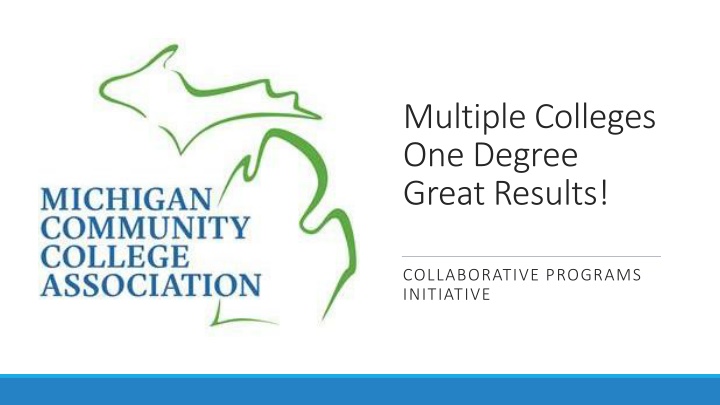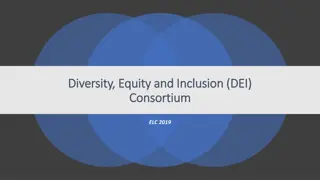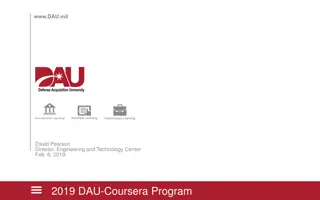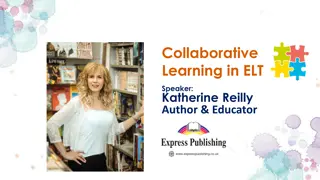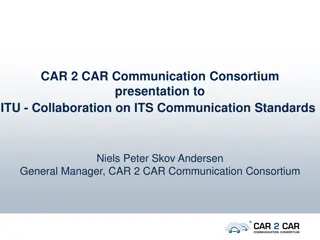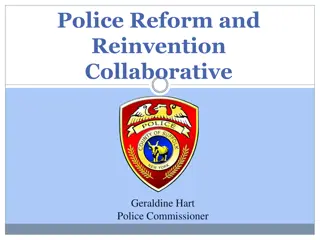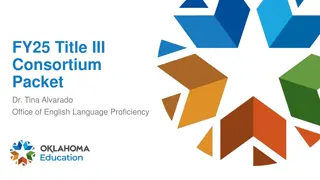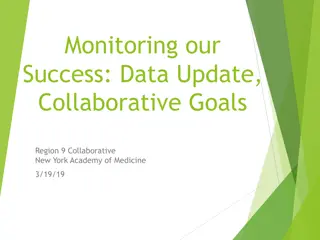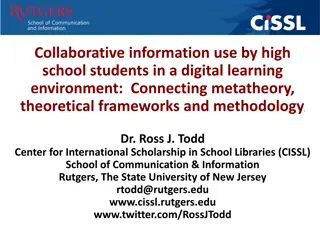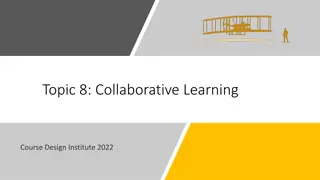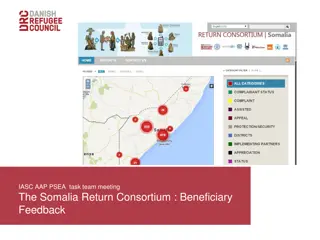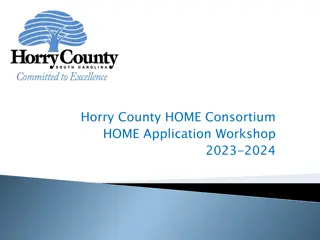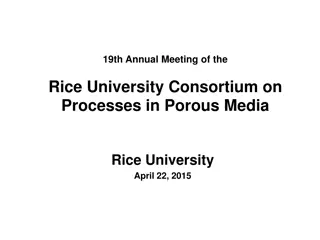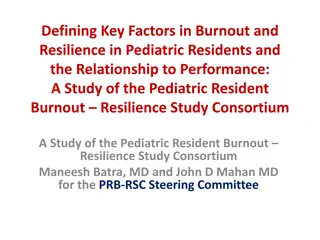Enhancing Education Through Collaborative Programs: MiRIS Consortium
MiRIS Consortium, formerly known as the EPiC Consortium, is a collaborative initiative involving multiple colleges to offer high-quality advanced modality programs. By sharing faculty, courses, and students, MiRIS aims to address the high cost and low enrollment challenges faced by individual colleges. With a strong emphasis on advanced modalities, technology, and clinical experiences, MiRIS serves students by providing marketable certifications, quick employment opportunities, flexible delivery, and strong connections to employers.
Download Presentation

Please find below an Image/Link to download the presentation.
The content on the website is provided AS IS for your information and personal use only. It may not be sold, licensed, or shared on other websites without obtaining consent from the author.If you encounter any issues during the download, it is possible that the publisher has removed the file from their server.
You are allowed to download the files provided on this website for personal or commercial use, subject to the condition that they are used lawfully. All files are the property of their respective owners.
The content on the website is provided AS IS for your information and personal use only. It may not be sold, licensed, or shared on other websites without obtaining consent from the author.
E N D
Presentation Transcript
Multiple Colleges One Degree Great Results! COLLABORATIVE PROGRAMS INITIATIVE
Collaborative Programs Initiative FONDLY KNOWN AS MIRIS FONDLY KNOWN AS MIRIS CONSORTIUM , NOW EDUCATIONAL CONSORTIUM , NOW EDUCATIONAL PROGRAMS IN COLLABORATION PROGRAMS IN COLLABORATION (EPIC) (EPIC)
A business model What is the EPiC Consortium? A collaborative partnership that allows colleges to offer high cost, low enrollment programs An effort to provide high quality advanced modality programs by sharing faculty, courses and students
Why Did EPiC Start? Advanced modalities Advanced technology and sicker patients Movement toward MRI certification requirement by Medicare Part B and encouragement by the American College of Radiology High cost equipment + high cost faculty + low number of clinical experiences + low number of jobs = low enrollment and financial burden for any one college to do alone!
Current Community College Partners Bay deNoc Community College, Escanaba, MI Delta College, University Center, MI Gogebic Community College, Ironwood, MI Grand Rapids Community College, Grand Rapids, MI Kellogg Community College, Battle Creek, MI Lake Michigan College, Benton Harbor, MI Lansing Community College, Lansing, MI Mid Michigan Community College, Mt. Pleasant, MI Southwestern Michigan College, Dowagiac, MI Westshore Community College, Scottsville, MI
Community College Partnership with MCCA MCO! Third-party neutral service provider and cheerleader Financial agent for consortium Common LMS platform for courses from multiple colleges Common registration for courses from multiple colleges
How Does MiRIS Serve Students? Marketable certification Quick to employment Flexible delivery for time and place bound students Equitable learning opportunities All didactic coursework is offered online All clinical work is completed regionally Strong connection to employers through clinical experience Ever-emerging technology provides long-term career security
How Does the Collaborative Programs Initiative Serve Community College partners? Shared cost due to: Shared curriculum Shared faculty Shared staff Shared students Shared clinical sites Less cost + greater collaboration = high quality programming and exemplary outcomes! Demonstrates innovation and good stewardship to all stakeholders
How Does the Collaborative Programs Initiative work? Collaborative Agreement Mission Leadership Instruction Students Supports Fiscal Model Program specific Addendums
How Does the Collaborative Programs Initiative work? Consortium Governance Council Administrative Representative (Dean/Vice President) from each college Provides strategic and financial direction for the Consortium Program Leadership Committee Program Director/Coordinator for the college program Responsible for executing policies, processes and procedures for successful student outcomes Reports to the Consortium Governance Council
How to Start a Collaborative Program? Partnering Colleges Determine need for program Change mindset to a consortium team mentality Committed dean-level champion and a program-level champion Internal communication and support plan Agree on common curriculum Develop processes to advise and admit students into program Facilitate clinical site matchups must have solid clinical affiliations Develop and deploy retention strategies
How to Start a Collaborative Program? MCCA Facilitates the intercollegiate partnerships Serves as fiscal agent for the Consortium Employees the Director of Collaborative Programs MCO Provides the learning management system and the course design standards for the online courses Course registrations run through the MCO with single tuition rate
Program Specifics General educations courses completed prior to entry Program courses completed in last year of degree Online offering for didactic courses Healthcare Programs Clinical rotations within the student s region Regional labs
What About Those Outcomes? Above average completion rates Success on certification exams on first attempt 99% job placement rate Partners have shared tuition surplus since 2013
Future Opportunities for Collaborative Programs? Strategically add more partners serving other areas of the state Add more modality programming: Healthcare Business Computer Science Add required CEU training for healthcare professions Employer need apprenticeships
Future Opportunities for Collaborative Programs? Any high cost, low enrolled courses or programs Frequent upgrades in curriculum development IT Arts & Sciences courses and programs that struggle with enrollment but are valuable to the community and to the students they serve International study or study abroad Foreign languages High 200 level courses in STEM Possibilities are endless!
Amy Lee, EdD MCCA Executive Dean Collaborative Programs/ MRI Program Director alee@mcca.org
